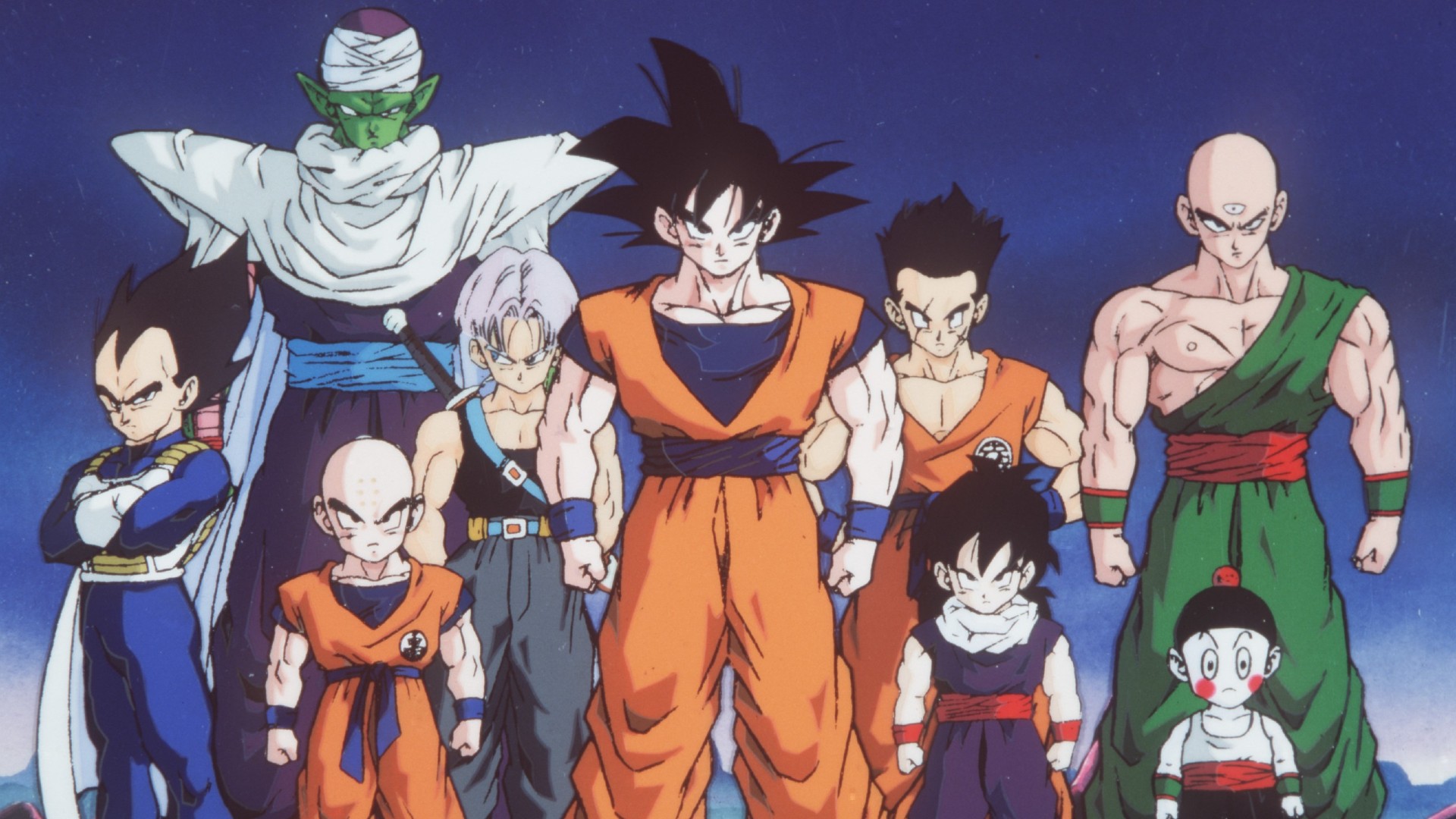Anime
It's hard to talk about Japanese culture without bringing up anime. The term "anime" is the Japanese word for animation, so they use it for any animation. In the west, the term "anime" refers to animation created in Japan. Anime has a very signature style that plenty of people all around the world enjoy, and the market for it seems to only be growing as time goes on.
Anime has a deep history in Japan. Starting in the early 1900s, with a short animation using some animation techniques taken from Western countries. Moving forward from this, many more anime were created using cel animation as the medium evolved. Due to the limited resources that animation studios in Japan had compared to European or American ones, their style evolved to fit as such. With simpler art styles and less animation frames, they could tell stories within the limitations they were given.
This overall helped lead to anime's signature style, with snappy movements, simpler designs and some more cartoony aesthetics. Nowadays, anime's global market value is around 26 billion USD, meaning it has become massive around the world. Examples of anime that have gone pretty mainstream around the world would be Dragon Ball. Dragon Ball and Dragon Ball Z have become extraordinarily popular around the world, to the point where Goku, the main character, has essentially become a household name.
Another example, Pokemon, has become a huge phenomenon around the world. Thanks to the video game series, trading card game, and the anime the name "Pokemon" is instantly recognized by anyone who hears it. The phenomenon has died down in recent years from the height it was at in the 90s and early 2000s, but still is recognizable by millions of people.
There are many more examples like these, with many more to come as well. There are even animations being created in the west with heavy inspiration from Japanese anime, like Avatar: The Last Airbender.
Words: 324


Comments
Post a Comment